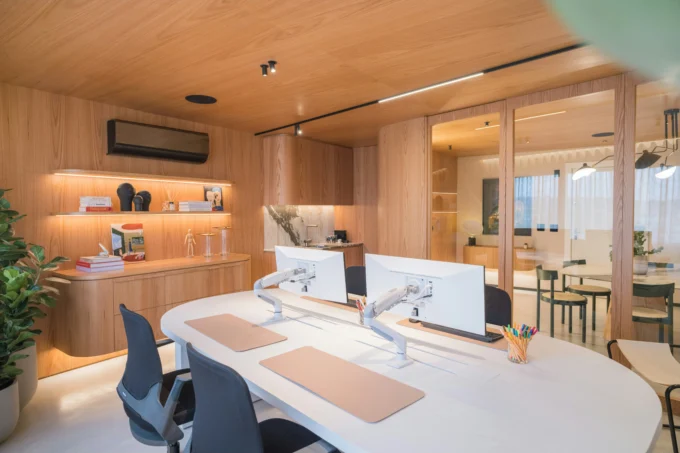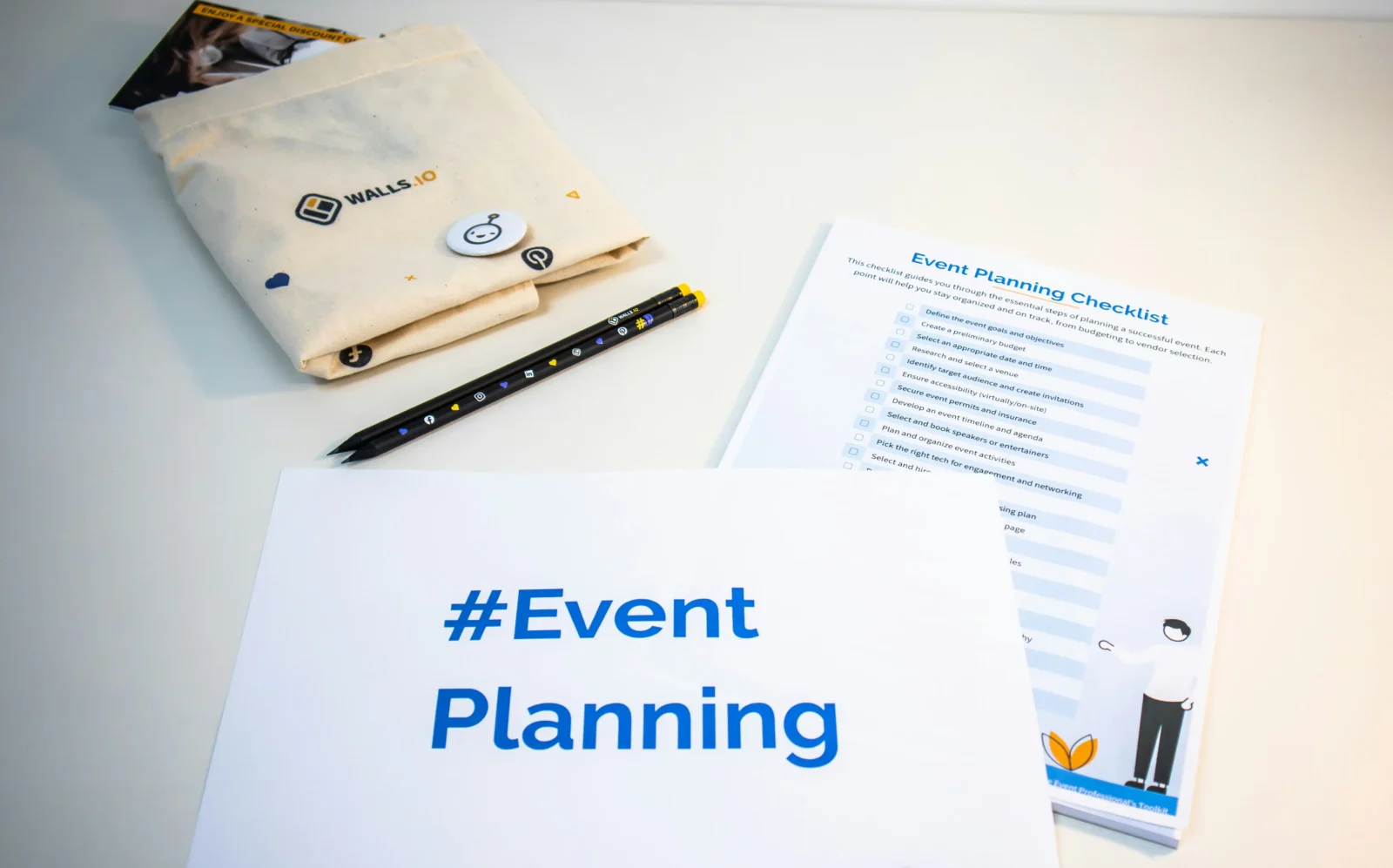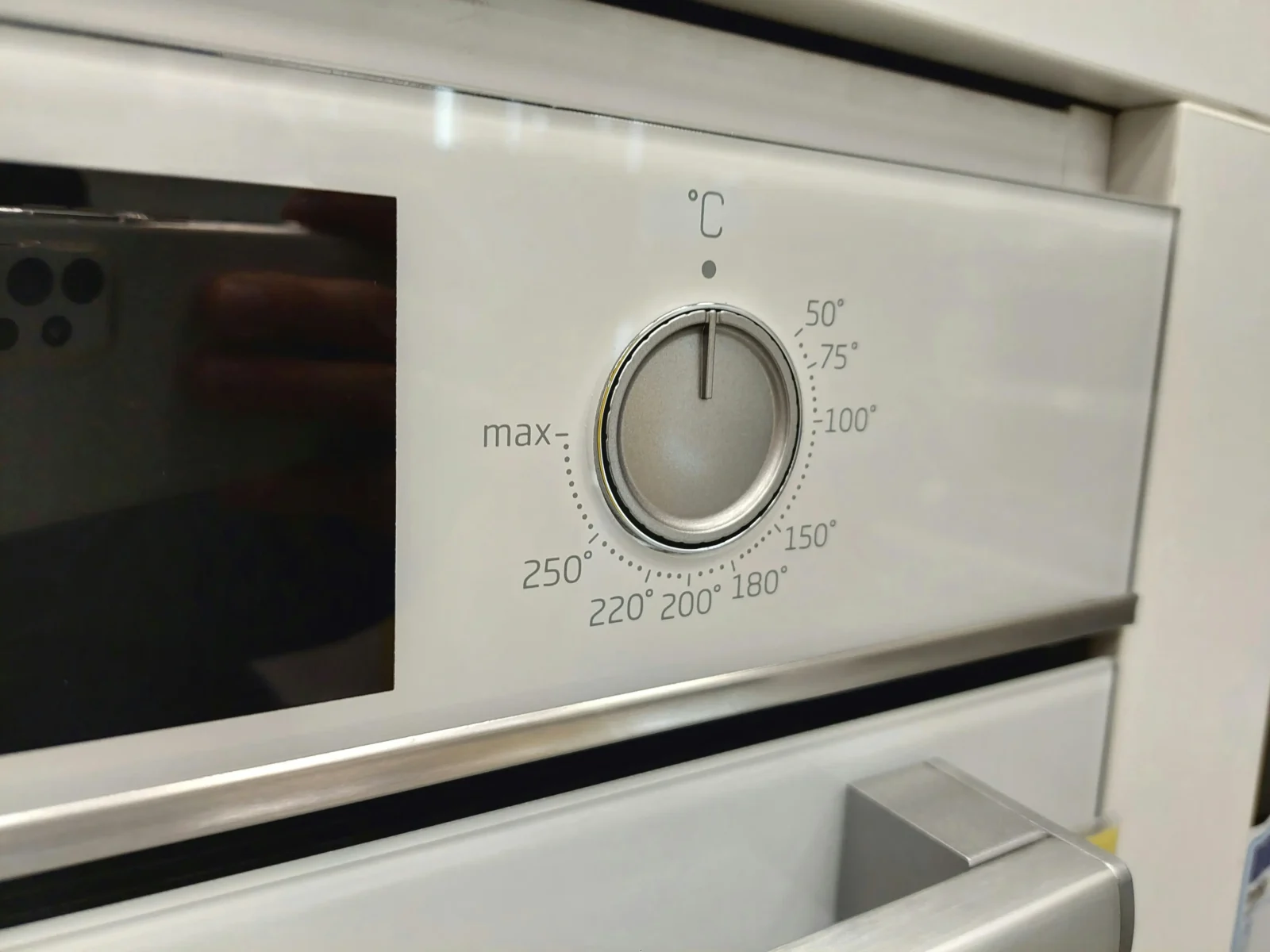- Home
- Articles
- Architectural Portfolio
- Architectral Presentation
- Inspirational Stories
- Architecture News
- Visualization
- BIM Industry
- Facade Design
- Parametric Design
- Career
- Landscape Architecture
- Construction
- Artificial Intelligence
- Sketching
- Design Softwares
- Diagrams
- Writing
- Architectural Tips
- Sustainability
- Courses
- Concept
- Technology
- History & Heritage
- Future of Architecture
- Guides & How-To
- Art & Culture
- Projects
- Interior Design
- Competitions
- Jobs
- Store
- Tools
- More
- Home
- Articles
- Architectural Portfolio
- Architectral Presentation
- Inspirational Stories
- Architecture News
- Visualization
- BIM Industry
- Facade Design
- Parametric Design
- Career
- Landscape Architecture
- Construction
- Artificial Intelligence
- Sketching
- Design Softwares
- Diagrams
- Writing
- Architectural Tips
- Sustainability
- Courses
- Concept
- Technology
- History & Heritage
- Future of Architecture
- Guides & How-To
- Art & Culture
- Projects
- Interior Design
- Competitions
- Jobs
- Store
- Tools
- More
Expert Tips on How to Design a Front Office Reception Area

Walk into any successful business, and you’ll notice something immediately; their reception area doesn’t feel like an afterthought. It feels intentional, welcoming, and professional. That’s no accident.
Your reception area is working 24/7, whether you realize it or not. It’s telling every visitor what kind of company you run before anyone says a word. A cramped, outdated space signals you don’t invest in your business. A thoughtfully designed area with quality pieces like a 2-person reception desk suggests attention to detail and success.
Most business owners think reception area design is about picking nice furniture and calling it done. But the companies that really get it understand this space is actually their most powerful sales tool.
Table of Contents
ToggleWhat Your Reception Area Actually Does
Here’s what most people don’t realize, your reception area is doing four jobs at once. It’s introducing your brand to every visitor who walks through the door. It’s keeping people comfortable while they wait, which affects their mood during meetings. It’s helping your staff work more efficiently by organizing visitor flow. And it’s building trust before any business gets discussed.
Dr. Sally Augustin, an environmental psychologist and design consultant, explains that “the design of a space communicates information about the people in it before any words are exchanged. A well-designed reception area signals competence, attention to detail, and respect for visitors” .
Think about the last time you visited a doctor’s office with outdated magazines and uncomfortable chairs. How did that make you feel about their practice? Now imagine walking into a space that feels current, organized, and thoughtful. That’s the difference good design makes.
Getting the Layout Right
Before you buy a single piece of furniture, stand at your entrance and watch how people naturally move through the space. Most visitors will look for the reception desk first, then scan for somewhere to sit. Don’t fight this natural flow; work with it.
The biggest mistake companies make is putting obstacles between the entrance and reception desk. Every chair, plant, or display case someone has to navigate around creates friction. Clear sightlines and obvious pathways make everything feel smoother.
| Space Type | Square Footage | Key Features |
| Minimal setup | 80-100 sq ft | Reception desk + 2-4 chairs |
| Standard office | 150-200 sq ft | Desk, seating area, storage |
| Corporate setting | 250+ sq ft | Multiple zones, display areas |
Professional designers use what they call the “traffic triangle” – entrance to reception desk to seating area. Keep this triangle clear and logical, and your space will feel twice as organized.

Choosing Furniture That Works
Your reception desk isn’t just furniture; it’s the command center of your business. This piece gets looked at by every single visitor, so it needs to look the part. Size matters here. Too small and it looks insignificant. Too big and it overwhelms the space.
For most businesses, a desk around 60-72 inches wide hits the sweet spot. But if you’re running a busy practice or office, having adequate space for multiple staff members can handle peak times without feeling cramped while projecting executive presence.
Material choice communicates your company’s values and success level. A wood reception desk suggests established success and executive presence. Premium laminate with wood grain offers exceptional durability while maintaining sophisticated aesthetics. Glass creates a modern, contemporary feel perfect for forward-thinking companies.
Seating is where comfort meets psychology. People form opinions about your business while they’re sitting in your chairs. Uncomfortable seating makes them impatient. Cheap-looking furniture makes them question your success. But overly fancy seating can feel intimidating.
Mix different seating types to handle various situations. Single chairs work for solo visitors. Small sofas accommodate couples or business partners. A bench can handle overflow during busy periods without taking up much space.
Colors That Actually Matter
Color affects mood more than most people realize. Blues and greens make people feel calm and trustworthy, perfect for financial services or healthcare. Warm colors like soft yellows and beiges feel welcoming without being distracting. Grays and whites feel modern and clean.
Skip bright reds, which can increase anxiety. Avoid stark whites that feel clinical. And don’t use dark colors in small spaces; they make everything feel cramped.
The trick is picking colors that reinforce what you want people to think about your business. Conservative industries should stick with classic colors. Creative businesses can be more adventurous. Tech companies often go with clean, modern palettes.
Lighting That Sets the Mood
Bad lighting ruins even great furniture. Too dark and your space feels unwelcoming. Too bright and it feels harsh. The goal is to create warmth while making sure people can actually see.
Natural light is your friend when you can get it. Position seating areas near windows but make sure computer screens don’t get glare. Add window treatments that let you control brightness throughout the day.
For artificial lighting, think in layers. Overhead fixtures provide general illumination. Desk lamps help staff work comfortably. Accent lighting on artwork or plants adds visual interest. Dimmer switches let you adjust the mood for different times of day.
Technology That Helps Instead of Hurts
Modern visitors expect some level of technology, but don’t go overboard. Digital check-in systems can speed things up if you’re dealing with high volume. Wi-Fi for waiting guests is almost mandatory now. Charging stations prevent dead phone anxiety.
The key is making technology feel integrated, not tacked on. Hide cables whenever possible. Choose displays that complement your design rather than screaming “look at me.” Plan for upgrades by installing extra power outlets and data connections upfront.
Making It Feel Like Your Business
This is where a lot of companies go wrong. They create beautiful spaces that could belong to anyone. Your reception area should feel specifically like your business, not a generic office.
Start subtle. Use your brand colors in accent pieces. Display awards or certifications that build credibility. Feature local artwork that shows community connection. Add elements that reflect your industry; a law firm feels different from a marketing agency.
Don’t go overboard with logos everywhere. A well-placed company sign behind the reception desk usually does the job. Let the overall feel communicate your brand rather than hitting people over the head with it.
Professional services need sophistication and trust. Creative businesses can show more personality. Healthcare requires comfort and cleanliness. Tech companies should feel current and innovative.
Common Mistakes That Kill First Impressions
- Cramming too much stuff into the space tops the list. Every piece of furniture, artwork, and plant should have a reason for being there. More isn’t better when it comes to reception areas.
- Ignoring acoustics creates problems too. Hard surfaces bounce sound around, making private conversations impossible. Add some soft furnishings like upholstered chairs or area rugs to absorb noise..
- Poor traffic flow frustrates visitors before they even sit down. If people have to ask where to go or squeeze past obstacles, your layout needs work.
Investment Priorities for Maximum Impact
Creating an impressive reception area means focusing on quality pieces that deliver lasting value. The reception desk commands the most attention from visitors, so investing in superior craftsmanship and materials pays dividends in credibility and brand perception.
High-quality seating directly impacts visitor comfort and their perception of your business. Premium materials and construction not only last longer but also create the sophisticated atmosphere that reflects professional success.
Lighting systems that offer flexibility and warmth enhance every other element in the space. Quality fixtures and controls allow you to create the perfect ambiance for different times of day and occasions.
Professional-grade furniture suppliers like Archic Furniture specialize in pieces that combine superior craftsmanship with executive presence, creating reception areas that command respect and reflect business success.
Making Your Investment Pay Off
Track how your reception area affects your business. Notice if visitors seem more comfortable or if staff can work more efficiently. Pay attention to comments about your space; both positive and negative feedback tells you what’s working.
Good design isn’t just about looking nice. It should make your business run smoother and help you build better relationships with clients. When visitors feel welcomed and impressed from the moment they walk in, every conversation that follows starts from a stronger position.
Your reception area is an investment in every relationship your business builds. Make it count.
Frequently Asked Questions
- How much space do I need for an effective reception area? Most businesses need at least 100 square feet for basic functionality, though 150-200 square feet works better for comfortable seating and traffic flow. Focus on efficient layout rather than just size.
- What’s the most important piece of furniture? The reception desk typically has the biggest impact since every visitor sees it. It should balance visual appeal with practical workspace needs while reflecting your brand image.
- How often should I update the design? Major updates every 5-7 years keep things current, while minor changes like new artwork or accessories can refresh the look every 2-3 years. Let visitor feedback and wear patterns guide your timing.
- Should I hire a designer or handle it myself? Professional help makes sense for major renovations, complex layouts, or ADA compliance. Many businesses successfully handle furniture selection and minor updates with guidance from quality suppliers.
- How do I make a small space look bigger? Light colors, good lighting, and uncluttered layouts create the illusion of space. Choose furniture with exposed legs and use mirrors strategically to reflect light and views.
illustrarch is your daily dose of architecture. Leading community designed for all lovers of illustration and #drawing.
Submit your architectural projects
Follow these steps for submission your project. Submission FormLatest Posts
Why Smart Bin Rental Strategy Shapes Better Architecture Projects
Picture this: you’re standing before your dream architectural project, blueprints approved, permits...
The 10 Most Iconic Buildings in the World and Their Stories
From ancient marvels like the Great Pyramid of Giza to modern icons...
How to Choose the Best Balloon Garland Kit for Your Event Theme
Balloon garlands are now a very popular decoration for today’s celebrations, including...
Dependable Service for Everyday Appliance Problems
When a washer stalls mid-cycle or a fridge warms up, you need...











Leave a comment